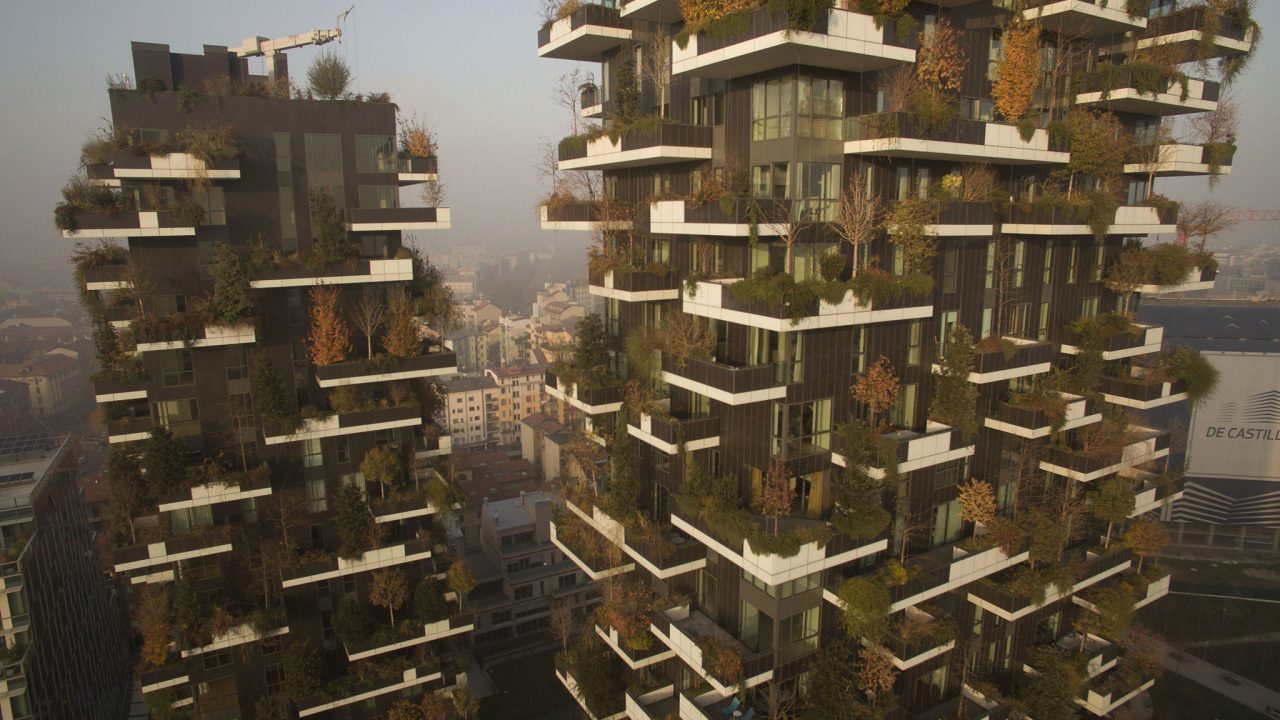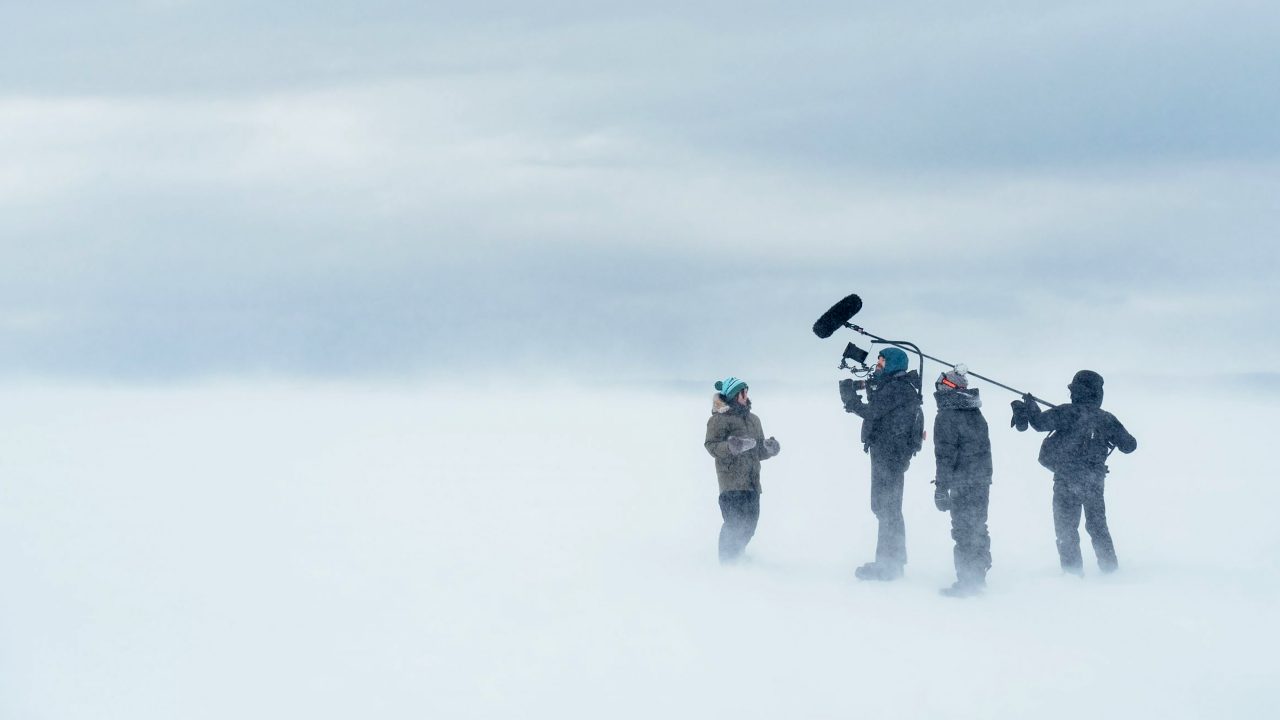
Mini-Lesson for Metamorphosis
Mini-Lesson for Metamorphosis
Mini-Lesson for Metamorphosis
Themes:
- Geography/Science/Global Citizenship — Climate Change and Sustainability
- English/Art — Poetry, Prose and Sculpture
- Psychology — Climate Change Deniers/Indifference
Ages: 15-17
Metamorphosis, Nova Ami & Velcrow Ripper, provided by the National Film Board of Canada
Keywords/Topics: Weather vs. Climate, Climate Change, Global Warming, Sustainability
Guiding Question: Can we, as Canadian and global citizens, maintain our current lifestyle and yet work towards a sustainable community?
Summary: A poem for the planet, Nova Ami and Velcrow Ripper’s film Metamorphosis takes the pulse of our Earth and bears witness to a moment of profound change: the loss of one world, and the birth of another. The film captures the true scale of the global environmental crisis. Forest fires consume communities, species vanish, and entire ecosystems collapse. Economic growth, tied to increased speed of resource extraction, has created a machine with the capacity to destroy all life.
Activity #1
What evidence of climate change have you observed in your community/country? What impact has it had on your community/country?
Go Deeper
Students conduct a brief investigation into evidence of climate change in their community/country. Students should collect facts as well as data that supports an argument linking their observations to climate change. Encourage students to also find/give a personal account if possible. Lastly, students must assess the impact of climate change from the following perspectives: social, economic, political, and environmental.
Activity #2
Recent research on climate change and the “psychic numbing” phenomenon has revealed that many of us can only absorb “bite-sized chunks” of information. To overcome this effect, in this activity students are encouraged to ask themselves “What if…?” in relation to something precious to them that could be greatly affected by climate change.
E.g.: “What if my children never get to swim in the lake that I grew up playing in?”
Focusing on one question will keep students from becoming too overwhelmed and help them connect with the issue on a personal level. In addition, the question they come up with should be a realistic future consequence of climate change and therefore may require a little bit of research.
Next, students are to take their “What if…” question and creatively express their fear of losing something precious to them. These art pieces can be used to create an art gallery in the school/community and to raise awareness about the issue of climate change.
Options for artistic expression: drawing, poem, painting, story, sculpture, dance, spoken word, song.
Activity #3
Students watch a clip that explores how monarch butterflies have been affected by climate change. The clip emphasizes “how everything is connected.” Students should then reflect on their connection to climate change. Students will be encouraged to look at how their lifestyle is a significant part of the problem. Use the following questions to guide the discussion:
- How are you connected to climate change?
- How does your lifestyle impact climate change?
- What would you be willing to give up to help fight climate change?
- Making change usually results in extra costs for somebody. Which industries would have the most to lose (e.g., fossil fuel industry)? Are there more environmentally friendly industries that could replace the ones being lost (e.g., green energy)?
- Encourage students to think of examples within their community/country where they see the effects of some of these changes.
- Examine the social, economic, political and environmental perspectives, and list the pros and cons of transitioning to more environmentally friendly industries.
Activity #4
The solution to the issue of climate change is two-fold: we must look at how we can both mitigate and adapt to the effects of climate change. As a class, brainstorm implementable solutions to known climate change issues.
Then have students consider some of the solutions suggested in the film:
- reduce consumption
- drought-tolerant crops
- earthship
- sustainable apartments
- solar panels
Students then assess the merits and shortcomings of each idea using the criterion they created. If the shortcomings seem to be overwhelmingly great, discuss with students whether there are any ways to reduce the negative impacts of that solution.
Go Deeper
Students can research laws passed or bills being proposed by their provincial/federal government in relation to fulfilling the Paris Agreement. Encourage students to call their local MP/MPP to gather information. Students present their research and, as a class, assess the merits and shortcomings of the law/bill using the criterion they created.
Beverly Cameli has a genuine passion for teaching. Over the last two decades she has taught a variety of subjects, including English, geography, history, politics, world religions, anthropology, psychology, and sociology. As an undergraduate, she had the opportunity to study the Holocaust alongside German and Polish students abroad; she went on to complete a master’s degree in sociology and equality studies at the University of Toronto. She works to inspire her students to be active citizens of a thriving planet where all people are treated equally.
Pour lire cet article en français, cliquez ici.
Discover more Mini-Lessons | Watch educational films on NFB Education | Watch educational playlists on NFB Education | Follow NFB Education on Facebook | Follow NFB Education on Pinterest | Subscribe to the NFB Education Newsletter



